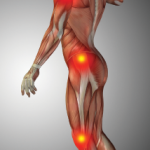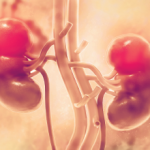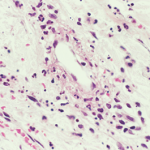A recent study examined the relationship between complement activation and coronary artery disease in patients with rheumatic disease. Researchers found these patients had higher plasma terminal complement complexes and more complement activation in the vascular adventitia, which may accelerate cardiovascular disease and act as a target for new therapies…








